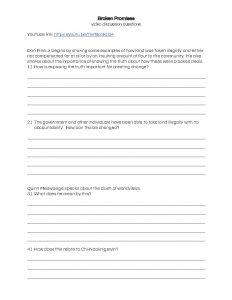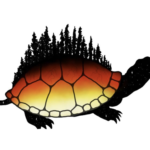Broken Promises
Big Ideas
- Land was never ceded or surrendered
- Promises were made to share the land with the newcomers and allow them to live on Anishinaabeg territories in turn for financial compensation (e.g., rent)
- In many places these were to be conditional agreements
- Lands and waters were stolen through many different ways
- Doctrine of Discovery was used to justify theft of land and to create Canada
- Maps were redrawn to erase Indigenous peoples and nations even though they still exist today
- Moving forward requires everyone working together and re-envisioning new maps, land sharing based on financial compensation and the return of lands



